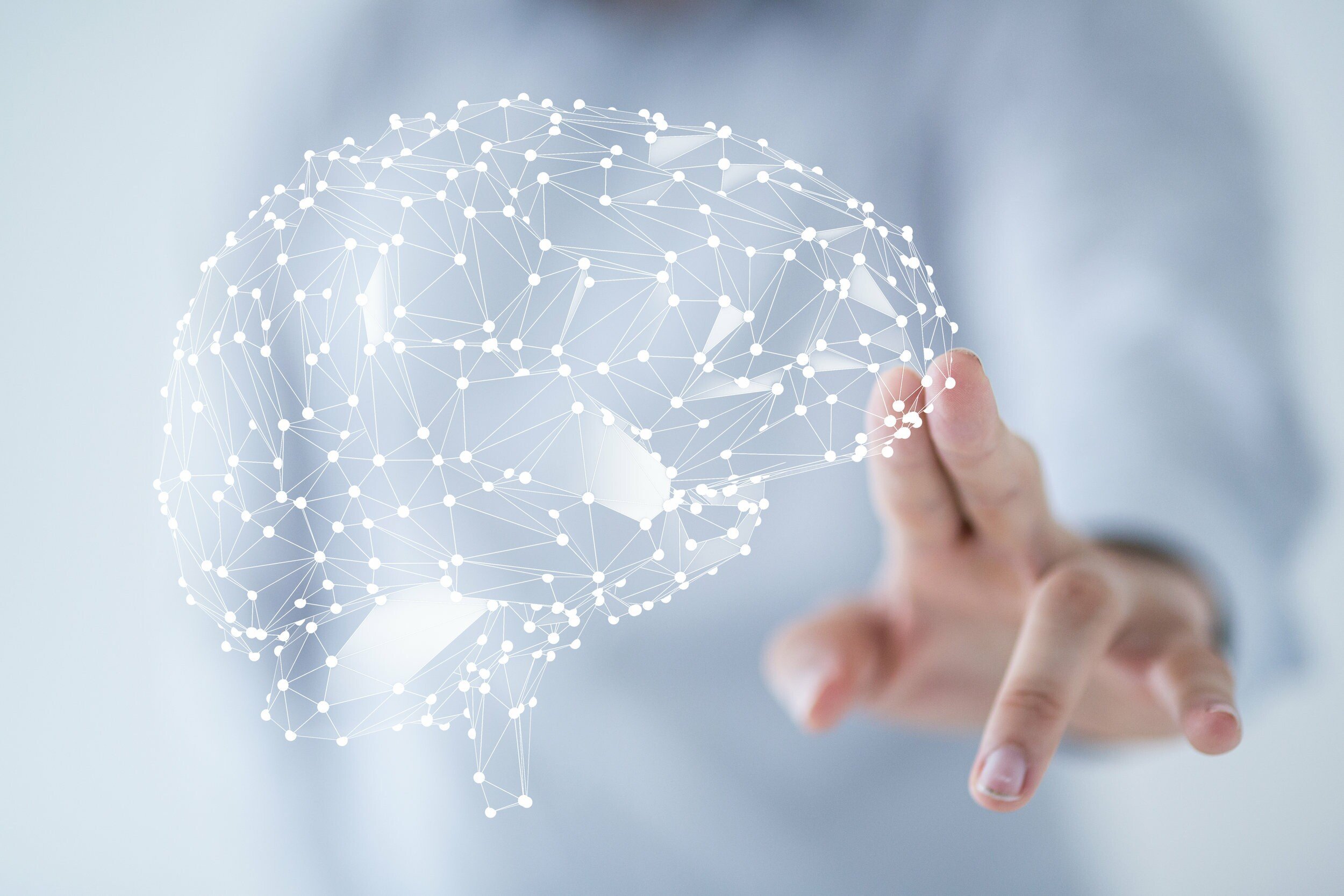
Can symptoms of Asperger's Syndrome be improved?
Asperger’s Syndrome is classified under the autism spectrum disorders (ASD) and is characterized by significant difficulties in social interaction and nonverbal communication, as well as, restricted and repetitive patterns of behavior and interest. They may also have speech marked by a lack of rhythm, an odd inflection, or a monotone pitch.
Individuals suffering from this syndrome have been termed “high-functioning” due to relative preservation of linguistic and cognitive development, a key distinguishing factor in comparison to other autism spectrum disorders.
Though, just because they have been deemed “high-functioning” does not mean that they would not benefit from Functional Neurology. As you may know, the nervous system works to monitor the internal and external environment. It draws meaning from multiple sensations, and then formulates an appropriate response. When this is not occurring appropriately, we see the ‘symptoms’ of Asperger’s Syndrome.
Following the examination, an individualized patient plan will be devised to address and improve function of the deficient areas. By retraining and rewiring the nervous system, the individual can experience improved communication and attention skills as well as work on obsessive or repetitive routines and physical clumsiness.
Improvement starts with an open mind to a state-of-the-art, holistic approach!
What is neuroplasticity and what are neuroplasticity therapies?
Neuroplasticity is the brain’s ability to regenerate connections between neurons. This is GREAT news for all of us, as we can fall victim to concussions and other sudden brain traumas at any minute. There are currently many neuroplasticity therapies that have been developed to allow the brain to heal or improve in function:
VISION THERAPIES:
Eye exercises may be recommended to help strengthen certain parts of the brain that affect function.
COGNITIVE TRAINING:
These brain exercises focus the mind on certain activities or puzzles.
CHIROPRACTIC CARE:
Gentle adjustments may be performed to enhance blood flow to the brain and improve brain function.
CORE STRENGTHENING:
Perfect for those with poor core strength, which can be observed in poor posture, or slumping forward when they sit.
VESTIBULAR (BALANCE) REHABILITATION:
This therapy is provided to children or adults who have difficulty feeling comfortable in their space or have trouble with motion, spinning, or have other vestibular processing or proprioceptive problems.
LIGHT, SOUND, SCENT, AND TOUCH:
These stimulations help with the integration of some primitive reflexes.
We also encourage you to read The Brain That Changes Itself and The Brain’s Way of Healing, by psychiatrist and neuroplasticity researcher, Norman Doige, MD. His books explore the vast world of research surrounding how neuroplasticity can be leveraged to heal the brain and recover function in many different circumstances ranging from chronic pain to Parkinson’s to ADHD, Autism, and even Sensory Processing Disorders.


